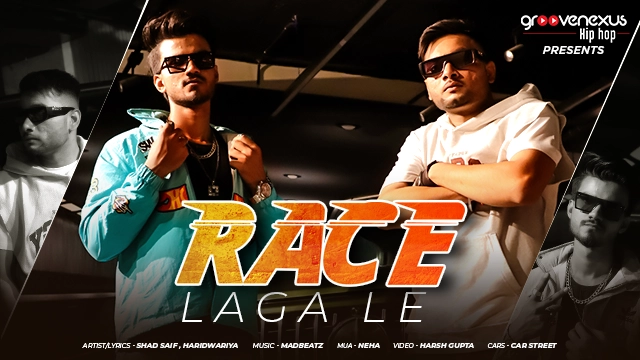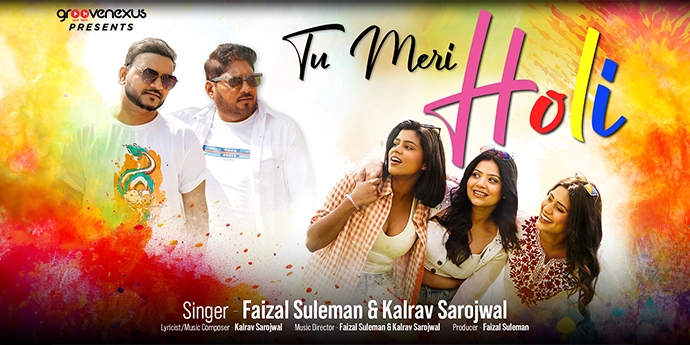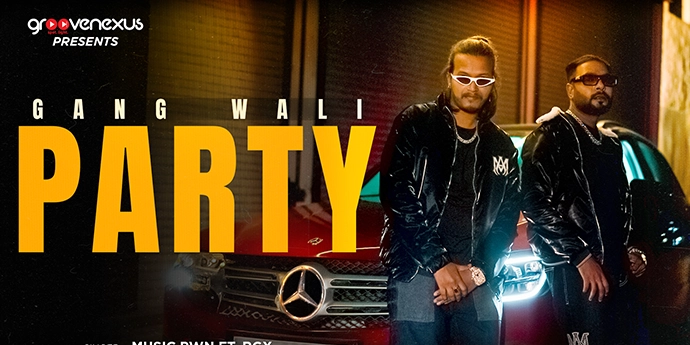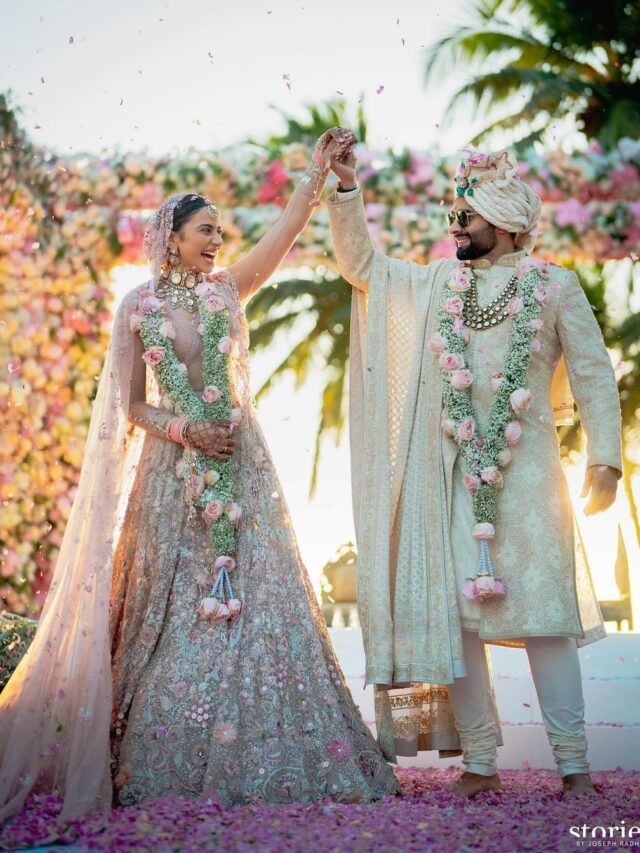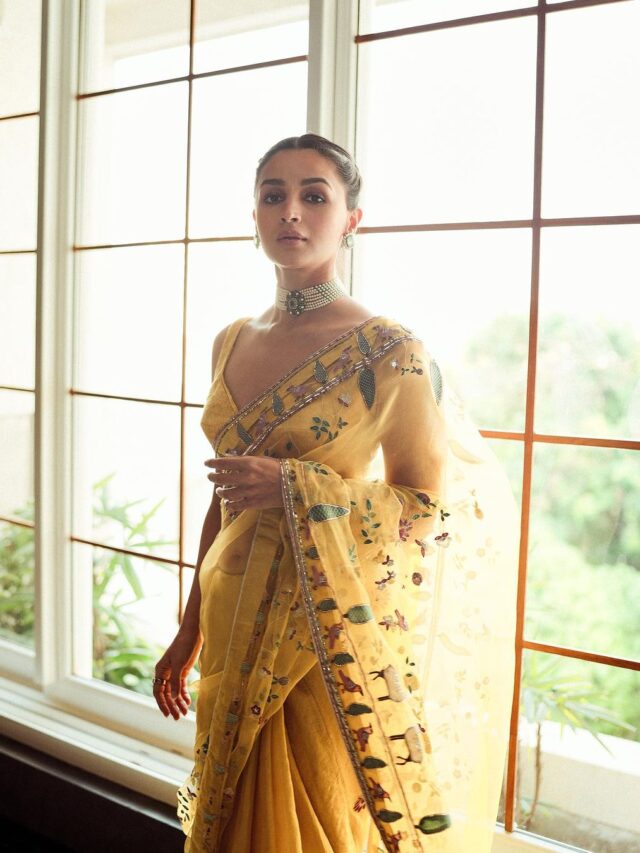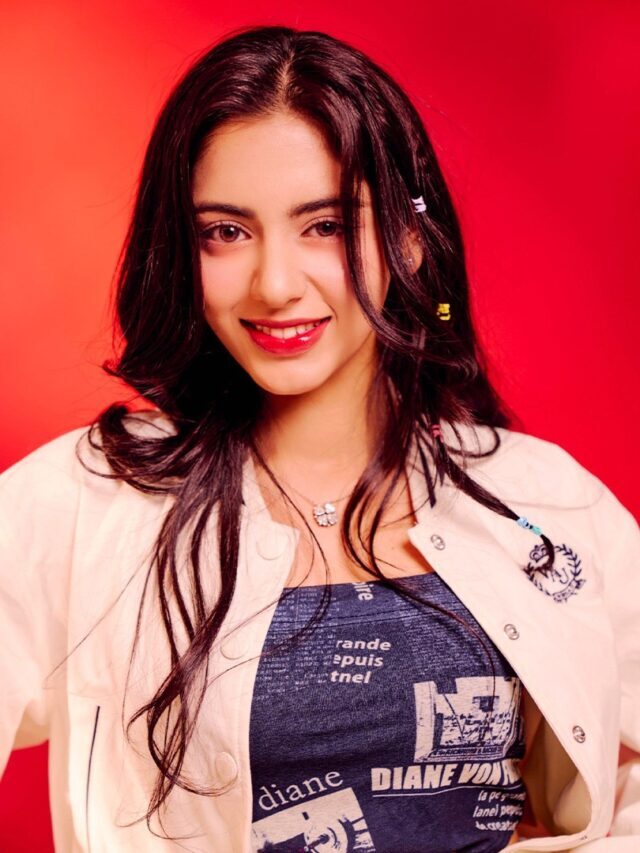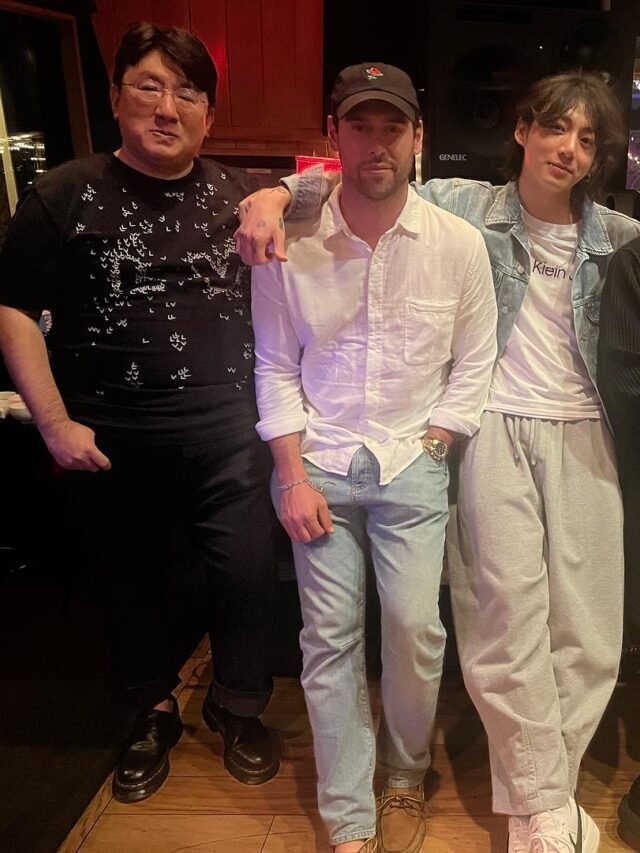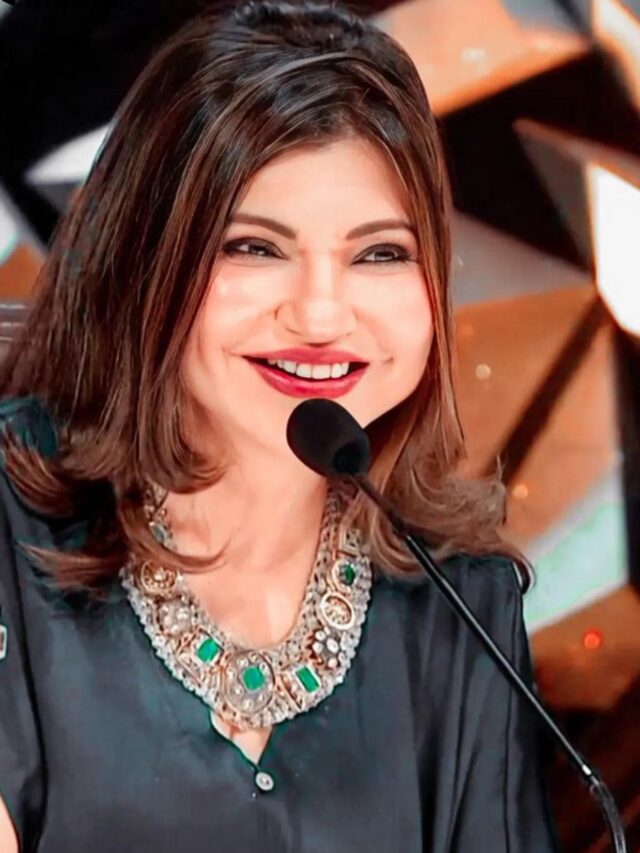Welcome to the electrifying world of Starter DJ, where we transform your zero knowledge into the passion of a DJ maestro. Stepping into the realm of DJing requires more than just technical know-how; it demands an understanding of the diverse landscape of music genres. In this extensive blog post, we embark on a journey to explore the 13 most popular DJ genres, providing you with examples and insights that will help you navigate the dynamic world of DJ music.
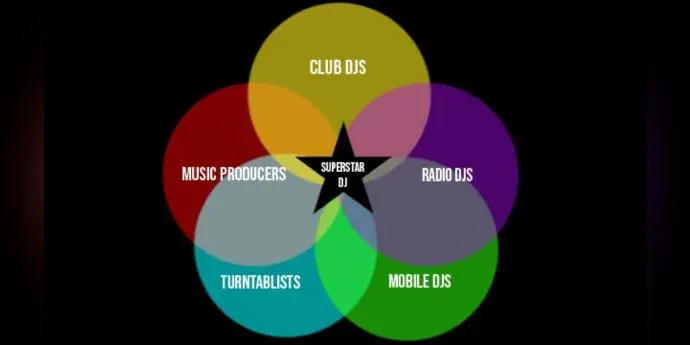
EDM Music Genres for DJs
1. House
Let’s kick off our exploration with the genre that laid the foundation for electronic dance music (EDM) – House. Originating in the late 1970s through the efforts of African American and Chicago DJs, House music boasts a BPM range of 115-125. Within the House umbrella, we find subgenres that have shaped the evolution of dance music:
- Progressive House (1990s): A subgenre characterized by its progressive and evolving sound.
- Deephouse (1980s, BPM: 110-125): With a tempo slightly slower than traditional House, Deephouse delivers a more laid-back vibe.
- Future House (2010s, BPM: 120-130): A modern take on House, Future House brings fresh sounds and beats to the dancefloor.
2. Techno
Next up, we delve into Techno, a genre that emerged in Germany during the 1980s. With a tempo range of 120-150 bpm, Techno distinguishes itself with a faster pace compared to House music. Its pulsating beats and futuristic sounds have gained popularity not only in Germany but also across Europe.
3. Trance
Trance, with its mesmerizing tempo ranging between 135–150 BPM, combines elements of British new age music and German Techno. Renowned for its hypnotic vibe, Trance music transports listeners into a state of euphoria. One of the eminent figures in Trance is none other than the legendary DJ Tiësto.
4. Dance
Dance music, characterized by its prominent vocals, has carved its niche in mainstream and pop culture. Notable Dance DJs, such as Joel Corry, Purple Disco Machine, and David Guetta, have propelled the genre into the limelight. Often referred to as Dance Pop, this genre seamlessly blends energetic beats with catchy vocal melodies.
5. Drum & Bass
As we shift gears, the energetic and fast-paced beats of Drum & Bass take center stage. Originating from the UK’s rave scene in the 1990s, this genre, with beats ranging between 165–185 BPM, is defined by its heavy bass, intricate samples, and synthesized sounds. Drum & Bass sets the stage for high-energy dance experiences.
Other DJ Music Genres
6. Pop
Now, let’s explore the genre that dominates the airwaves – Pop music. Representing popular mainstream styles, Pop music poses a unique challenge for DJs due to its frequent vocals. To navigate this challenge, DJs often turn to DJ-friendly music from pools. The tempo of pop music can vary between 80-130, and it typically features a short intro of around four bars.
7. R&B
Dipping into the rich history of rhythm and blues (R&B), we discover a DJ type that originated in the 1940s and evolved into a fusion of various musical elements in the late 1980s. R&B, with tempos ranging between 60-80 BPM, incorporates elements of pop, hip-hop, soul, funk, and electronic music. It offers a soulful and diverse palette for DJs to explore.
8. Hip-Hop
Moving to the rhythmic beats of New York City, we encounter Hip-Hop, a DJ type that originated in the 1970s. Characterized by rhythmic drumbeats and impactful rap lyrics, Hip-Hop has become a cornerstone in the DJ industry. With tempos ranging between 80-100, Hip-Hop shares similarities with pop music, featuring a significant number of vocals.
9. Dancehall
From the vibrant streets of Jamaica, Dancehall emerges as a type celebrated for its instrumental brilliance. Originating in the 1970s, Dancehall gained international popularity after 2010, captivating Western audiences with its diverse range of vocals. The BPM in Dancehall can vary from 90-110, offering DJs a dynamic and lively landscape to explore.
10. Reggaeton
Our journey concludes with Reggaeton, a type of DJ that originated in Panama in the late 1980s and later gained prominence in Puerto Rico. Evolving from Dancehall, Reggaeton incorporates influences from hip-hop, Latin, and Caribbean music. Since 2010, Reggaeton has surged in popularity worldwide, with a BPM range of 90-110 and vocals reminiscent of R&B, Hip-Hop, and Pop music.
Conclusion
As an aspiring DJ, this exploration of diverse genres serves as the foundation for building a versatile skill set. Whether you’re drawn to the energetic beats of EDM or the soulful rhythms of R&B, understanding the nuances of each genre will elevate your DJing experience.
Stay tuned for more invaluable insights, comprehensive guides, and reviews on Starter DJ as we continue to empower you on your DJing journey. Remember, it’s not just about the gear; it’s about the music, the passion, and the connection you create with your audience. Happy mixing!


